Oct 28, 2025 10:47 AM
In Memoriam: Jack DeJohnette, 1942–2025
Jack DeJohnette, a bold and resourceful drummer and NEA Jazz Master who forged a unique vocabulary on the kit over his…
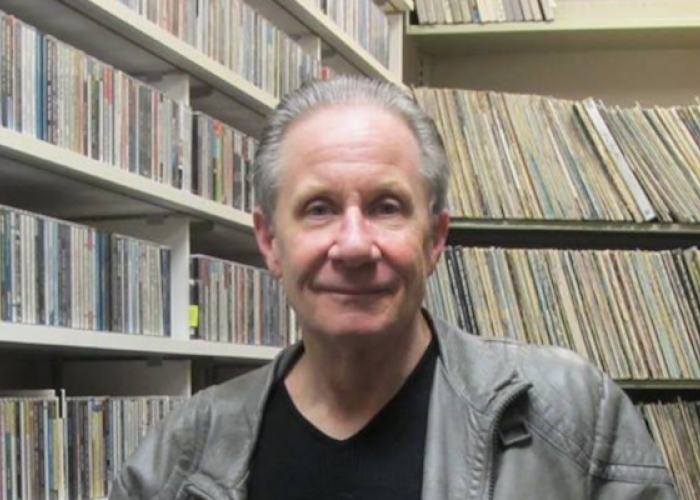
Guitarist Vic Juris often plays in a trio with bassist Jay Anderson and drummer Adam Nussbaum.
(Photo: Courtesy of Artist)If you lined up all the luminaries that guitarist Vic Juris has played or recorded with over the decades, you’d be looking at an assortment of some of the most important players in jazz history. Juris has collaborated with Lee Konitz, Dave Liebman, Rufus Reid, Richie Cole, James Moody, Mel Tormé and dozens of others.
Some might categorize Juris as an “unsung hero,” but it’s hard to call someone who has led 30 record dates and has been a sideman on more than 200 recordings “unsung.” Juris, while modest, is aware of this and ultimately believes in letting the music speak for itself. His trio has a new album, Eye Contact, coming out on SteepleChase in 2018.
Below are edited excerpts from a recent interview conducted in New York, where Juris is based.
Vic, what is your life in music looking like these days?
My plate is always full. I have more of a reputation as a sideman, not a big profile as a leader, but I keep working, year after year, still making a living. Also, recently, I’ve been teaching more—at the New School, SUNY Purchase, Rutgers University, keeping up three schools plus playing gigs, making rehearsals and being a bandleader.
Earlier this year, your album Vic Juris Plays Victor Young was the subject of a 4-star review in DownBeat.
I don’t get rotten reviews, but I don’t get that many. Today you’ve gotta be a little more business savvy. People have to know about your recordings. I let people know where my gigs are.
I’ve had this steady gig for five years, at the 55 Bar [with bassist Jay Anderson and drummer Adam Nussbaum]. People come and say, “Wow, why aren’t you guys touring?” I don’t have an answer, but I can’t sit around and be bitter about it. Fortunately, I’m happy and my bills are paid. I knew long ago that this wasn’t gonna be about “stuff.” For me, it’s about what is real.
Lately [in the music business], there’s a lot of, “Look what I can do” instead of “What’s the music about?” Music is a collective thing. A solo is good because the whole band is good, not just the one person.
If the rewards of the business were based on talent and skill, you guys would be superstars.
But that’s not what this is. I read once that jazz sales account for 1 percent of the business and we’re about to have a lack of tangible format. How do you sell product at your gig if you tell people, “This is my latest … well, it’s not a record, it’s not a CD, it’s a fart in the wind and you can download it on vicjuris.com, and if you don’t like all the tracks, you can just have track three for 49 cents.” How do you go on tour with that? What do you tell them from the microphone if you’re the bandleader?
For you, what is it like being a working musician in 2017?
This past summer I was doing workshops. That, and of course, gigs. I always have gigs. I don’t want to get lost in just teaching. I always make sure that I’m playing and that there’s a challenge in it for me.
Miles said, “It takes a long time to play like yourself.” You have to absorb all this life experience. Today, music has gotten a little more intricate and technical, but the stuff that I like to listen to is the stuff that moves me or brings a tear to my eye. Technicality is challenging and it raises the musicianship, but I like for people to feel moved.
It’s a drag to see swing slowly disappearing from the radar. A lot of people don’t seem to be as interested in that, but having a good swing feel is the basis of everything. It’s part of the history of the music. School is a place to learn; it’s not the Village Vanguard. You go to college to learn and that’s taken the place of the apprenticeship.
Who were some of the artists with whom you apprenticed?
Jimmy Smith, Don Patterson, Sonny Stitt, Phil Woods, Gary Peacock … a lot of people. These are the people who said, “Do this,” “Don’t do this,” “Keep your mouth shut.” That was the lay of the land. You didn’t mouth off to those people.
Nowadays, what’s your ratio of teaching to playing?
50/50. You’ve gotta stay in it. Private teaching in Manhattan used to be a really big deal. When I first started guitar, there was Sal Salvador and Barry Galbraith. The colleges didn’t have jazz. I think Berklee and North Texas, maybe, but there was nothing in Manhattan. There were record stores where you’d go to the jazz section and someone would say, “Oh, you like so-and-so? Check out this one.” It was a small group of passionate people.
What do you have coming up?
A trio record called Eye Contact with Jay Anderson and Adam Nussbaum on SteepleChase, coming out early 2018. I’ve recorded on and off for them for 20 years. We’ve accumulated a large body of work doing originals and some standards. There’s a lot of depth in the group, a lot of interplay and interaction. This is an old-school concept, playing our stuff and a couple standards. You take the song and you phrase the melody or sometimes write your own intros, change a chord here and there. It becomes your take on it.
Pat Metheny was playing with Gary Burton in his early 20s. Then he said, “I’m gonna be a leader.” He put a band together, bought a van and played every place that he could and built a thing. He had the wherewithal and the persistence, and of course, the musicality and he did it. So, it’s possible, if you want to pursue just your own thing and not be a sideman.
But I wanted to be a sideman and play in as many situations as possible. I still do. I find that to be rewarding. The drawback is that you don’t build a profile as a leader. You’re always below the radar and that’s basically what happened with me. Now I’m thinking I should dig in and try to build up my own thing.
I don’t worry much about the money. It really depends on what your needs are. I don’t need a Ferrari. I drive a Toyota and that’s OK. The music is the most important thing. That’s what I’m into for keeps. I don’t think I’ll ever be bitter about not having a big name because I can’t think about stuff like that.
This year, I lost three of my closest guitar friends: John Abercrombie, Chuck Loeb and Larry Coryell, within months of each other. I’m happy to be around, period. I’m 64 this year and I’m in good health. Not much more to ask for at this stage of the game. DB

Jack DeJohnette boasted a musical resume that was as long as it was fearsome.
Oct 28, 2025 10:47 AM
Jack DeJohnette, a bold and resourceful drummer and NEA Jazz Master who forged a unique vocabulary on the kit over his…
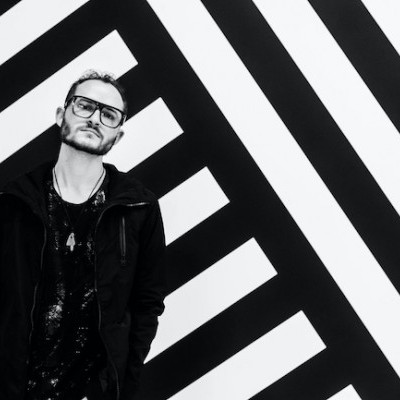
“I’ve told students, ‘I don’t mind if you use AI for this or that project,’” says MIT’s Pascal Le Boeuf. “‘But you need to tell me.’”
Sep 18, 2025 11:14 AM
A standard joke when it comes to discussing artificial intelligence, or AI, is that it’s developing so rapidly that…
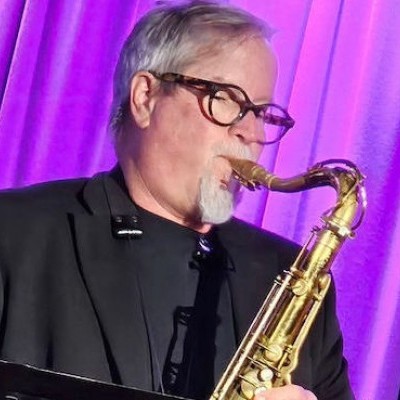
Chuck Manning Works for NASA … and plays jazz.
Sep 18, 2025 11:23 AM
Congratulations! After years of study, you’ve earned your degree in jazz performance. But let’s face it: Making a…
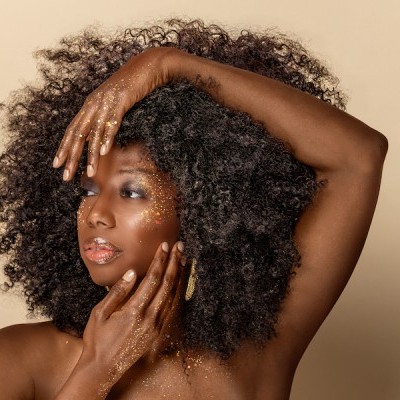
Gadabout Season developed over many months of recording sessions in Brandee Younger’s East Harlem living room.
Sep 16, 2025 11:52 AM
When she’s on the road, Brandee Younger enters a hybrid state of action and contemplation. Free of daily distractions…
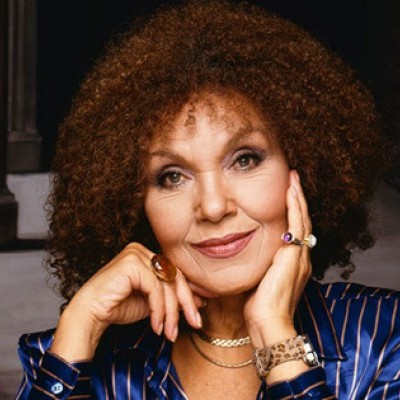
Cleo Laine, 1927–2025
Sep 16, 2025 10:03 AM
The music world mourns the loss of three important artists from the realms of jazz, blues and beyond with the recent…